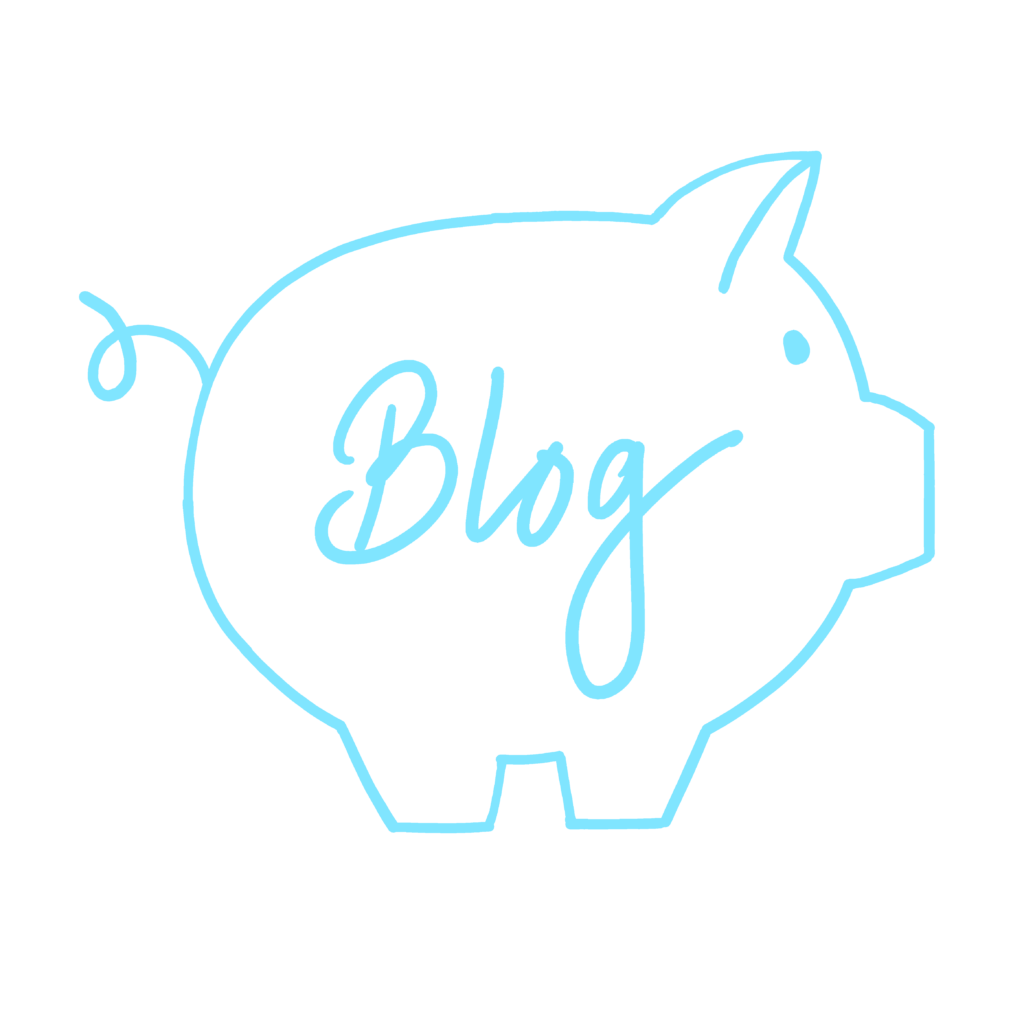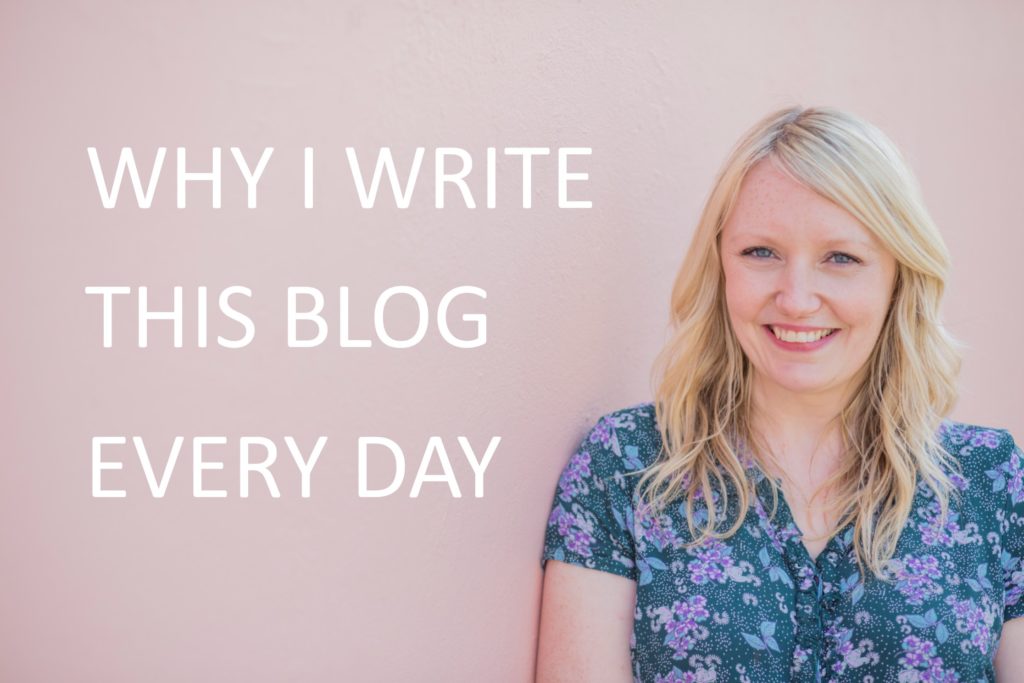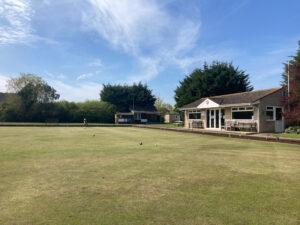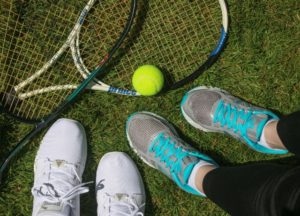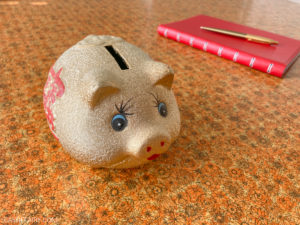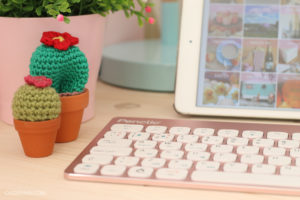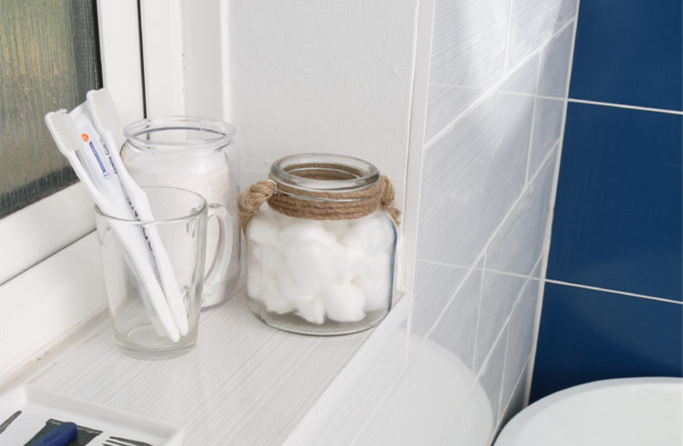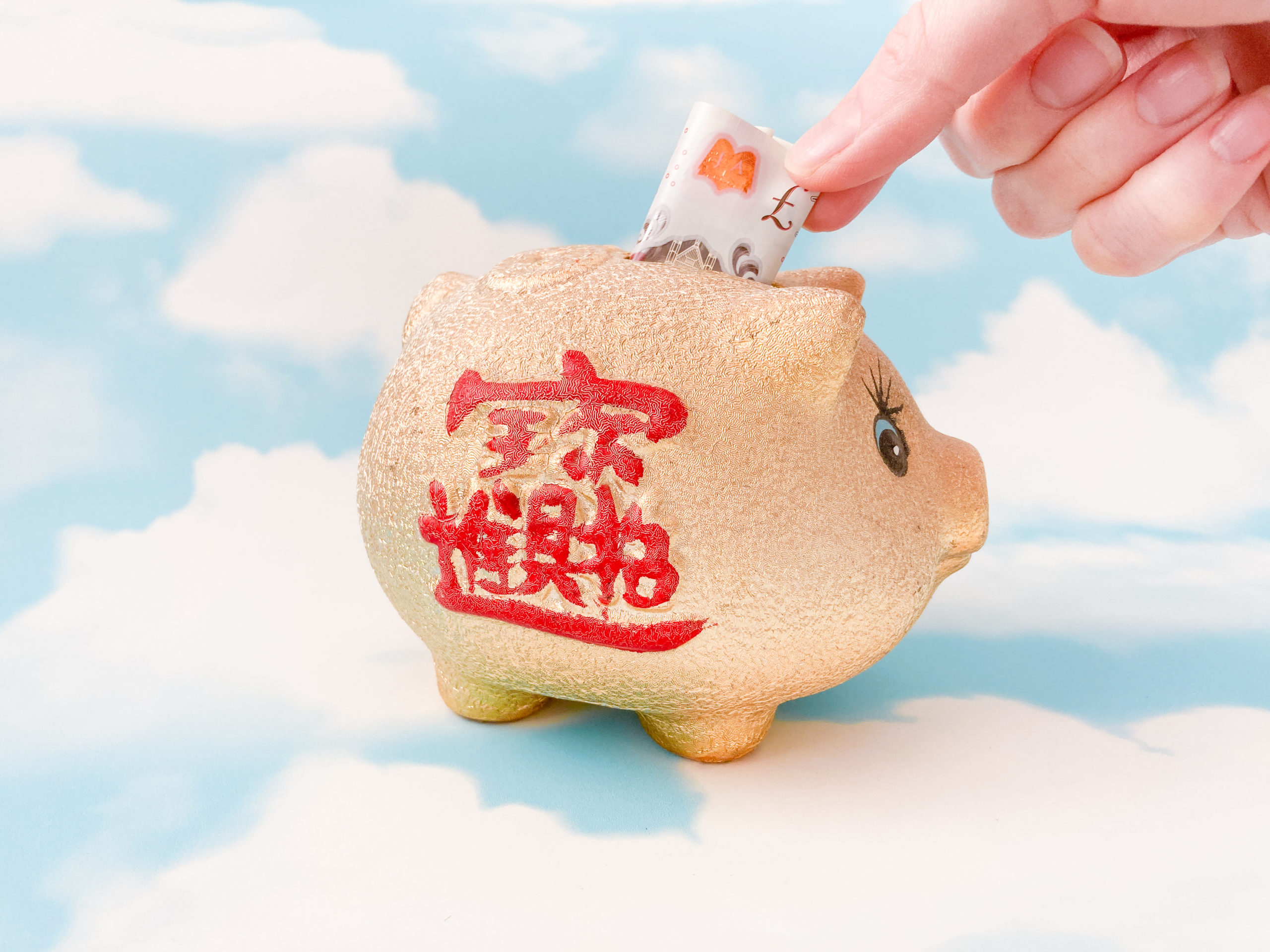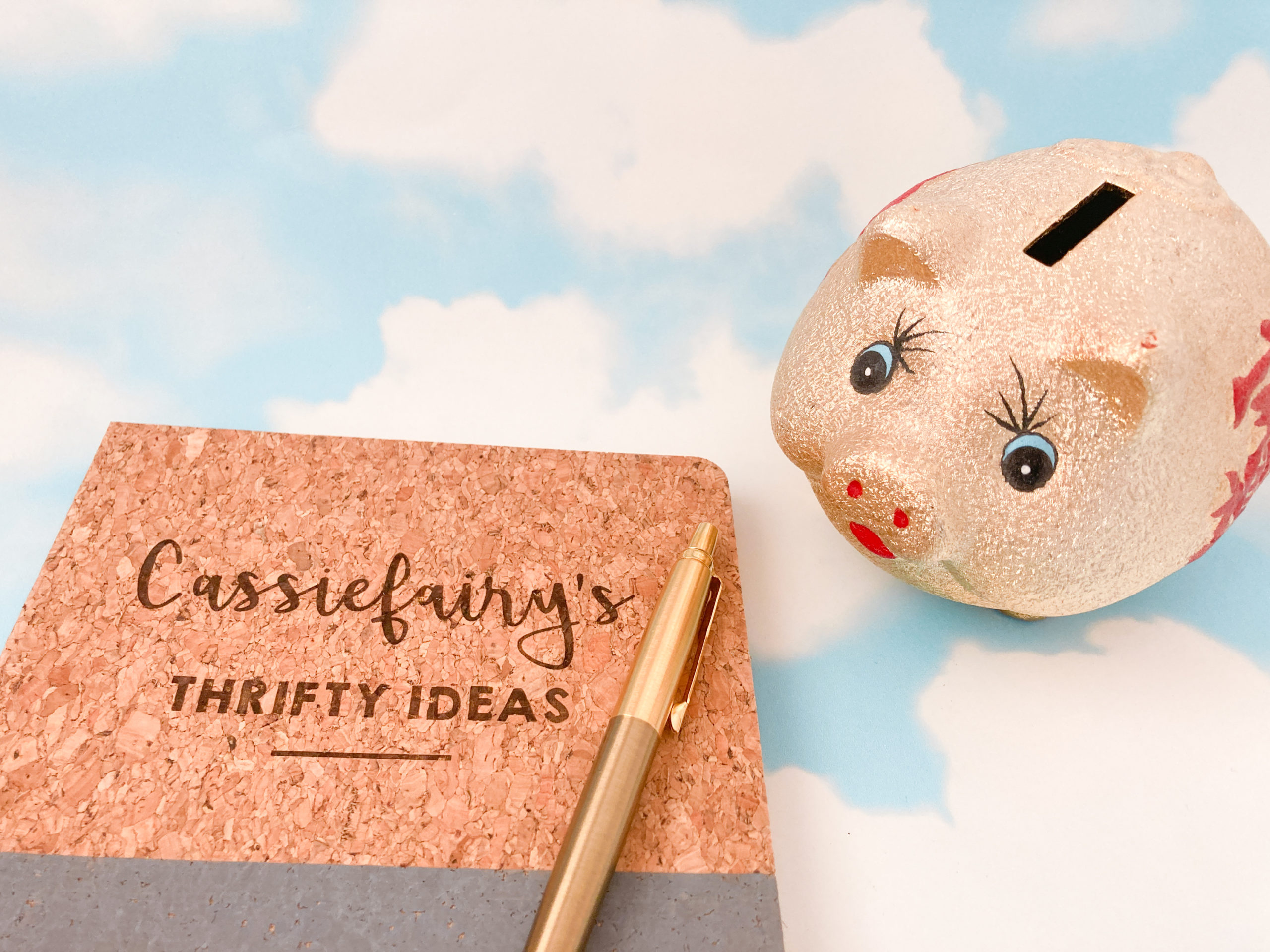The #FoodSavvy challenge is over! Want to know what changes I made in my kitchen and the new food storage tricks I learnt? Here’s how I got on in my month-long quest to reduce food waste.

For the entire month of February, I took on environmental charity Hubbub’s #FoodSavvy challenge to try to reduce my food waste within 4 weeks. I blogged about the campaign on the first of the month to share my reasons for taking part. Did you know that in Norfolk and Suffolk alone up to 113,000 TONNES of food waste goes in the bin? Crazy.
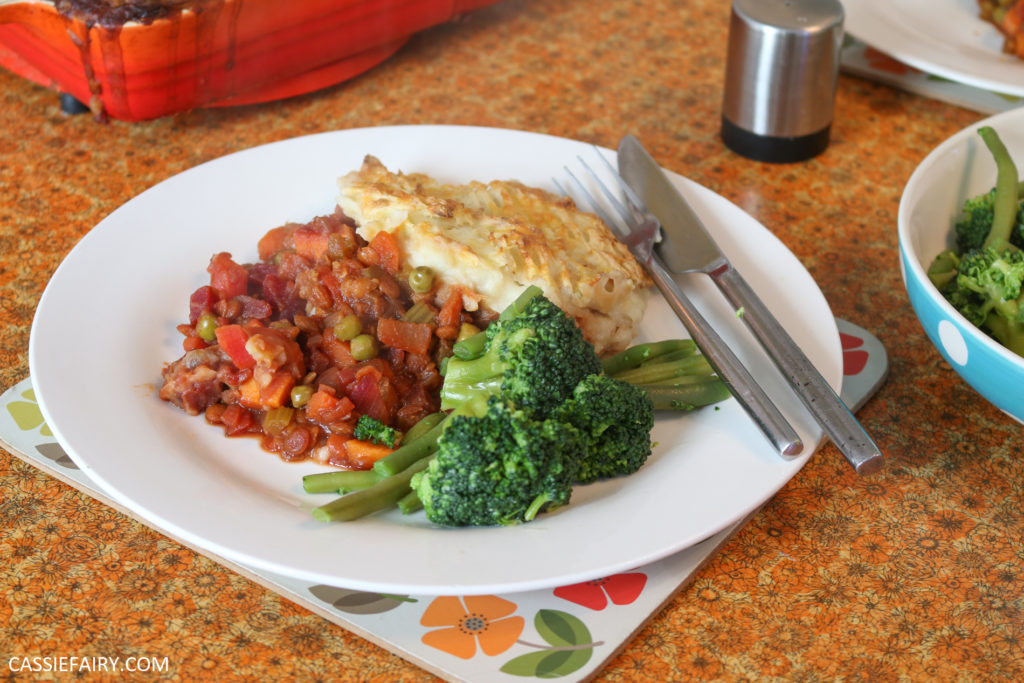
The campaign is about reducing our edible food waste – so no peelings, teabags or bones etc – only the food that we COULD have eaten, but that goes in the bin instead. As a thrifty blogger, the statistics about how much our unused food costs usmade me realise that it’s not just an environmental issue – it’s about saving money each month too.
That’s two VERY IMPORTANT reasons to get #FoodSavvy right there!

I started the month by simply measuring my food waste to get a baseline measurement of what ‘normal’ for my household to throw away. I was surprised and embarrassed by just how much food went into the bin that week – I never would have guessed that I was throwing away so much food. Nonetheless, salad went mushy in the fridge, leftovers were scraped off plates and fruit went off in the fruit bowl before we got round to eating it – and all of this contributed to our household food waste measurement.
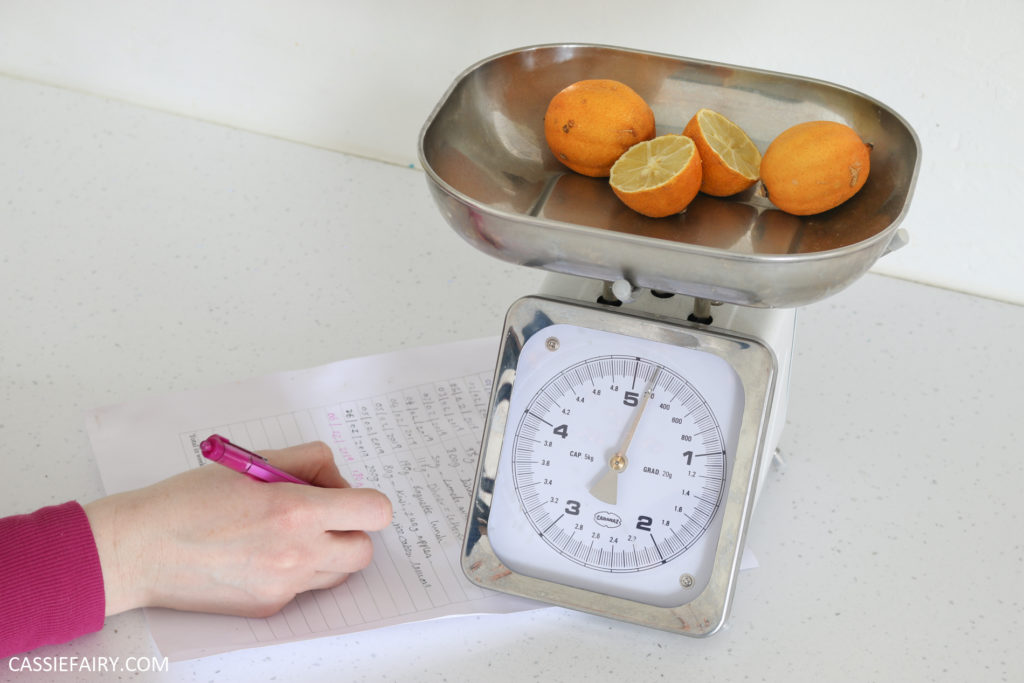
I just couldn’t stand binning things that we should have eaten. I started to see money being tipped into the bin every time I threw away a stale slice of bread. I knew things had to change. I’d thrown away over 4.9kg of potentially edible food, yikes! Thankfully, making note of all my food waste during that first week enabled me to identify exactly WHY food was going to waste.
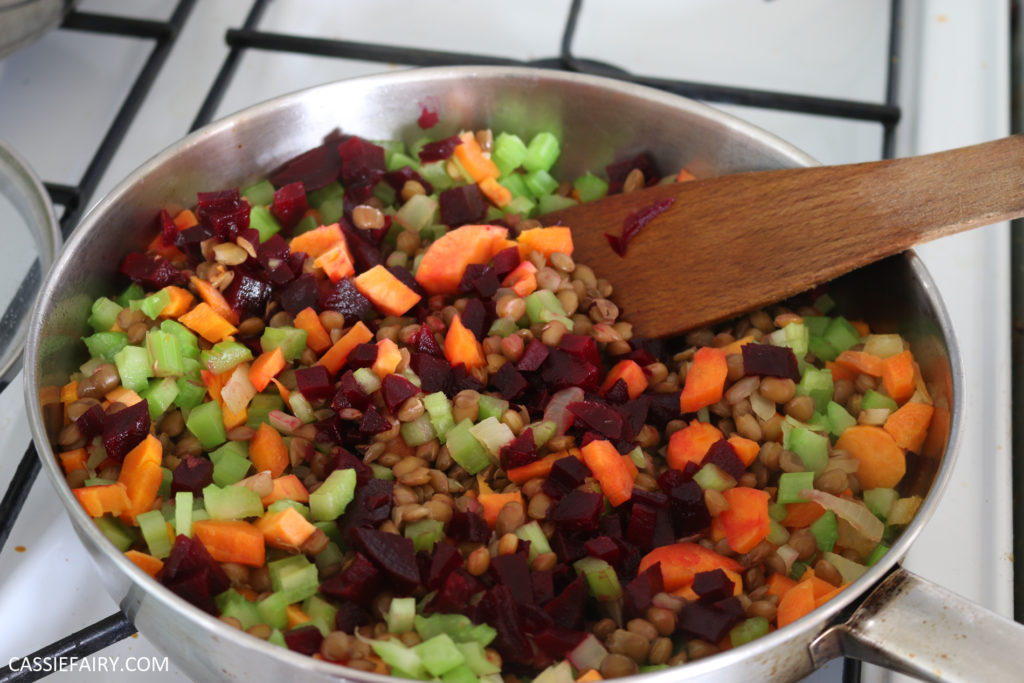
This immediately sparked ideas for solving the problem and second week I quickly sorted out ways to store my food better and prolong the life of fresh goods. I blogged an update half-way through the challenge to share what storage products had made a difference.
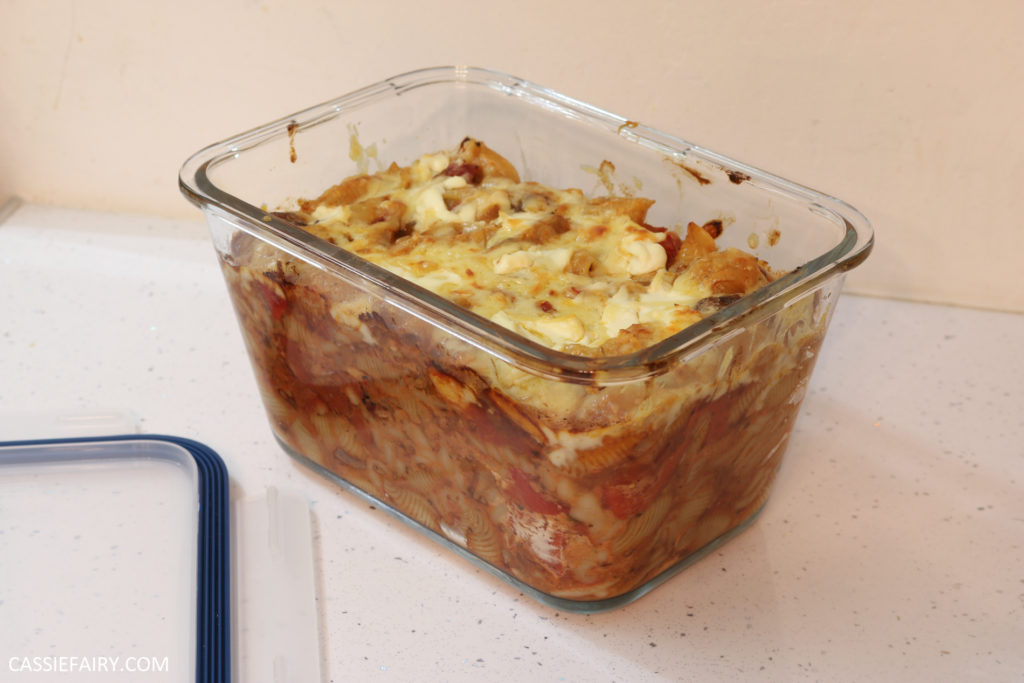
It wasn’t just a case of bunging things into the freezer – although having Ikea freezer bags to hand meant that the odd couple of crumpets could be popped into the freezer immediately, rather than going crusty in the cupboard. I began using special bags to store everything from refrigerated salad to bananas to potatoes and root veg. You can read more about the products I tested out here.

After a successful storage week with much less waste, I moved on to meal planning. Having an idea of what you need for the week and only buying the exact ingredients for those recipes is an easy way to save money and food waste. There’s a few elements to this:
- Decide what meals you want to eat during the week. It’s a good idea to look at what fresh items you’ve got leftover in your fridge or pantry before you choose meals so that you can use these up first.
- Allow gaps in the weekly meal plan for finishing up leftovers, or for unexpected meals out. If you find yourself with nothing planned for one of these ‘gap days’ you could just have something-on-toast or a pre-made meal that you’ve previously popped in the freezer.
- Plan to cook double quantities of meals so that you can store extra portions in the fridge to eat for lunch the following day.
- Check your cupboards before you shop. That way you won’t double up on the things you already have at home, which saves you money as well as food waste.
I rarely plan meals in advance, simply because I’m never really sure if I’ll be at home to eat them. But that’s no excuse, especially when I have the option to store leftovers in the fridge for lunch or freezer for a future meal. As long as you have the right storage tubs and bags, you need never waste a meal again!
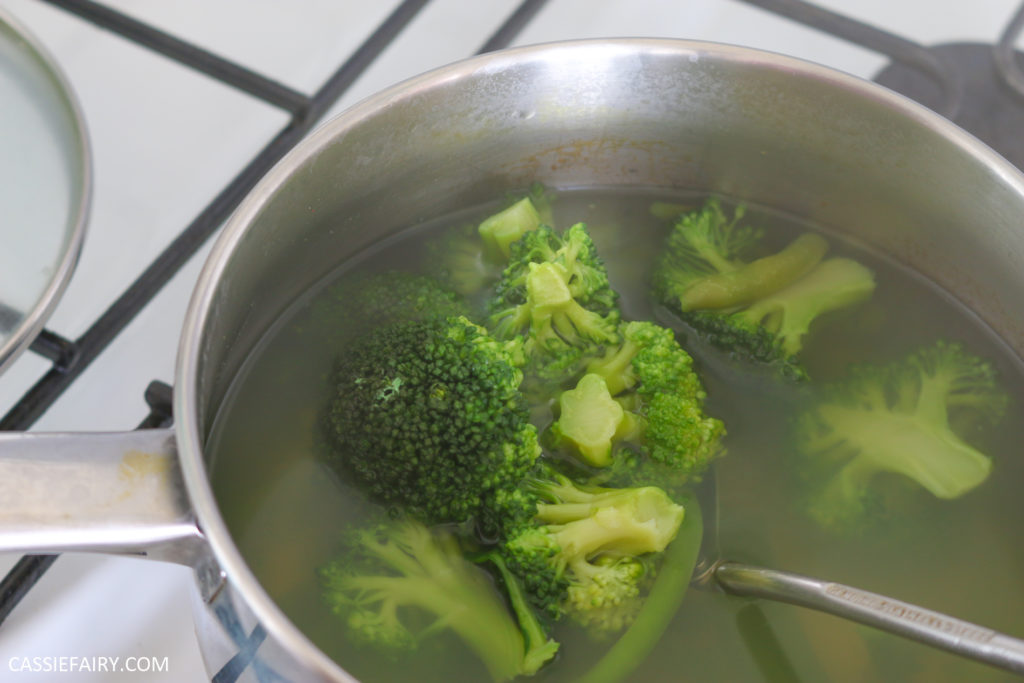
There are so many resources for making the most of fresh food on the FoodSavvy.org.uk website and I even found the ultimate meal planning guide with recipes to help you make 24 meals in 3 hours! This not only ensures that you use up all of the fresh ingredients you have in your fridge, it also means you’ve got plenty of home-cooked meals in your freezer ready to go at a moment’s notice, which saves you time too!

I also discovered a new favourite recipe on the Hubbub website for veggie cottage pie. Oh my goodness, it’s SO good! It uses up all the veg you’ve got sitting around and is just as tasty as a regular cottage pie that you simply don’t miss the meat. I highly recommend it – and now I’m thinking about other meals that I can turn into plant-based versions, such as lentil meatballs, lasagne, bolognese, curry, chilli and so much more.
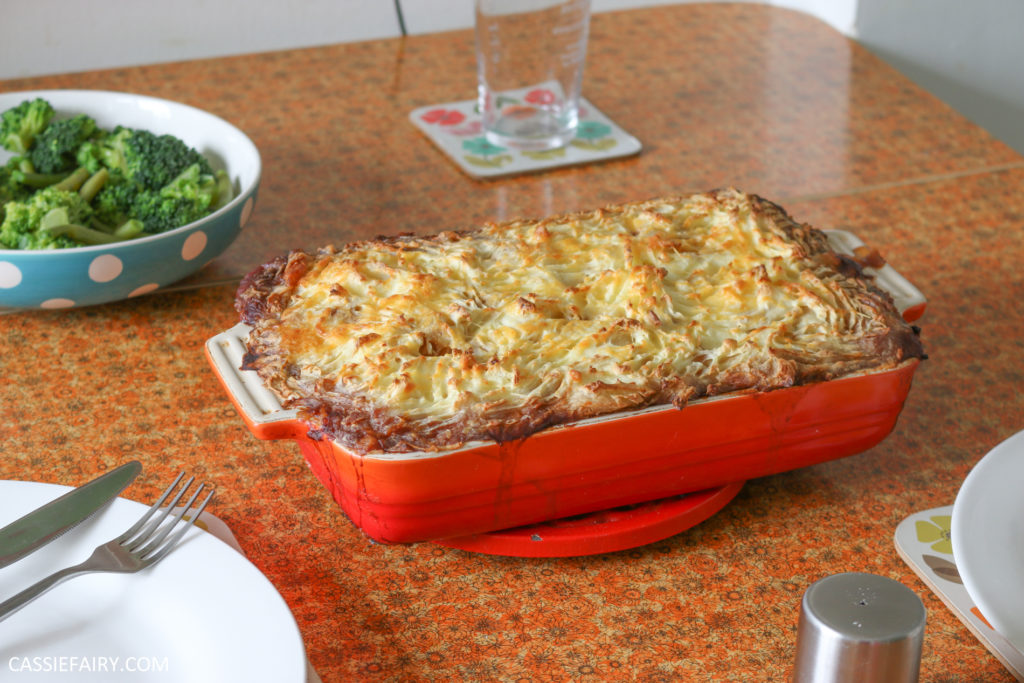
Over the #FoodSavvy month I began to notice that we’d been eating less meat than usual. It made sense to eat up the perishable veggies in my meals rather than buying more meat to complete a dish, so quite often we didn’t have meat for days at a time. I watched a video on YouTube about eating less but better meat and that’s how we’re planning to continue cutting our food costs and food waste in the future.
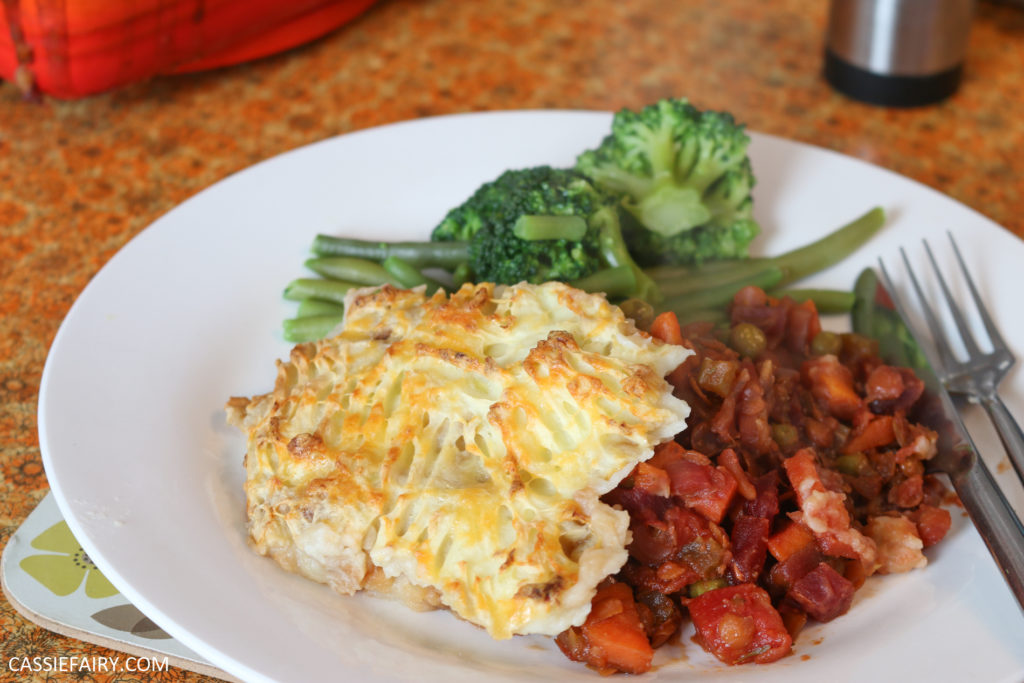
Having less meat overall means that you’ve got spare money in your food shopping budget to buy better meat when you do buy it. Choosing products with the assured food standards red tractor logo is a great start, as is choosing organic options and meats with the ‘pasture for life’ logo. And while we’re at it, the RSPCA assured logo on eggs means a higher level of welfare for free range hens too.

There were some points in the challenge when found it difficult not to bin food. For example, I went away for part of the month so I was eating out and still had fresh food in my fridge. Thankfully, I had stored a lot of the veggies and salad in the Foodsaver bags from Lakeland, so many of these were still good enough to eat when we came home. This was handy, because it meant we didn’t have to go straight out to do a food shop after out trip.
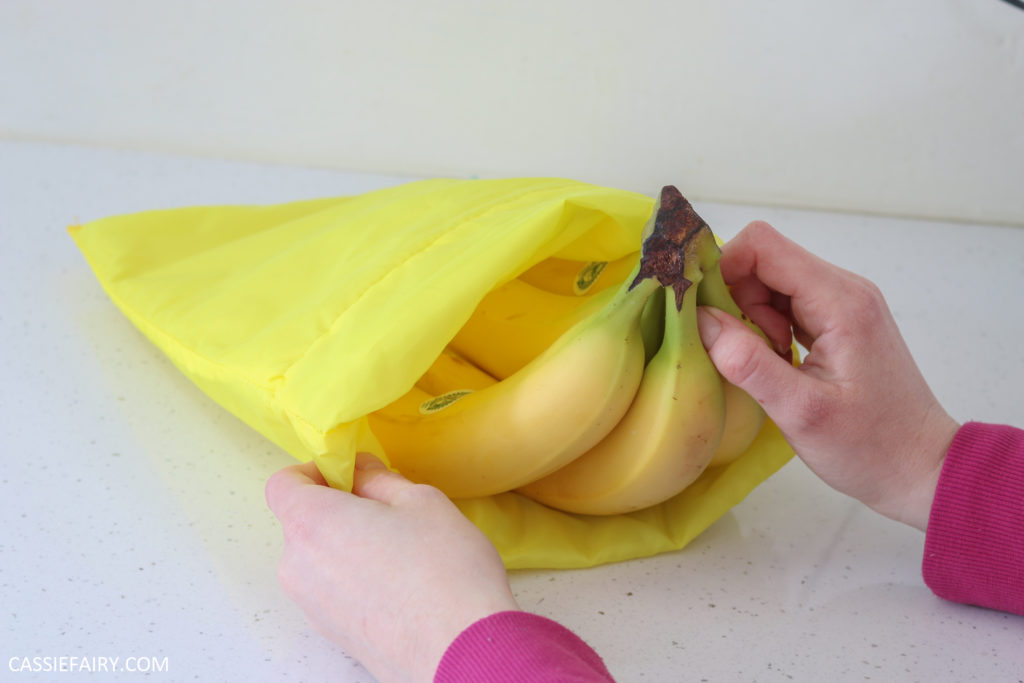
The times when I did have to put food in the bin was simply down to my own mistakes. Like the time when I made an extra jacket potato for lunch the next day and forgot all about it, so it went off. And when I didn’t put the bananas I’d bought into the Lakeland banana bag, so they went mushy in the fruit bowl. That said, my final weekly measurement showed that was only binning a few grams here and there, and I’d got my food waste down to just over 1.6kg, so I’ve saved more than 3.2kg of food from going into the bin. And I know I can do better if I don’t have those absent-minded slip-ups!
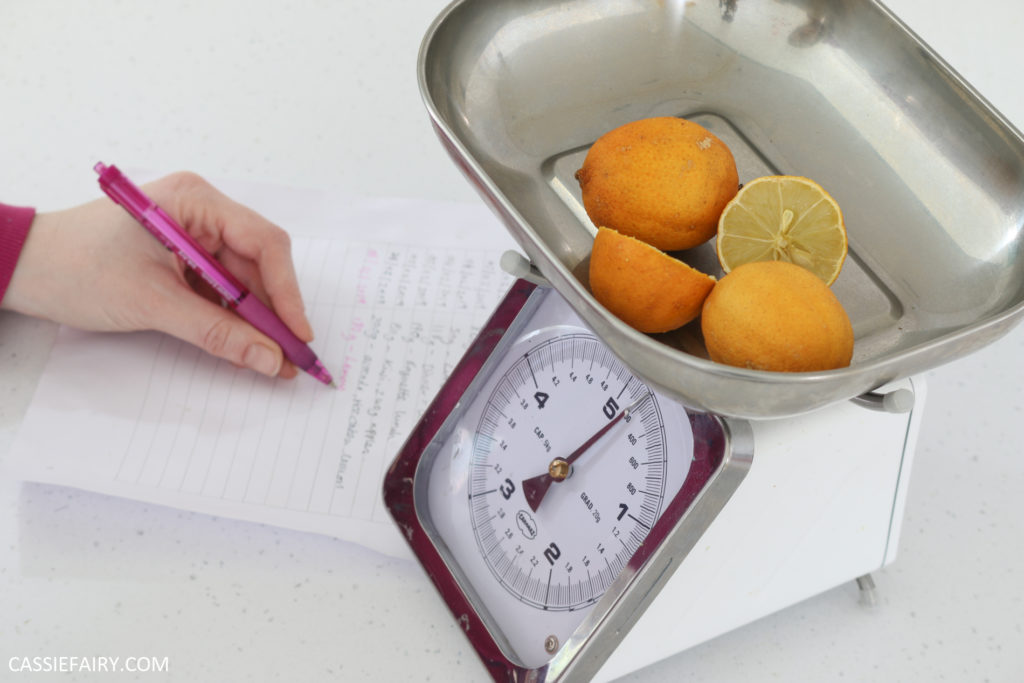
Storing leftover tinned items in tubs in the fridge sometimes worked and I used them up the next day, but sometimes I’d get to the end of the week and be like “what’s in that tub?” and find some questionable baked beans! The thing that worked the best for me was freezing leftovers.
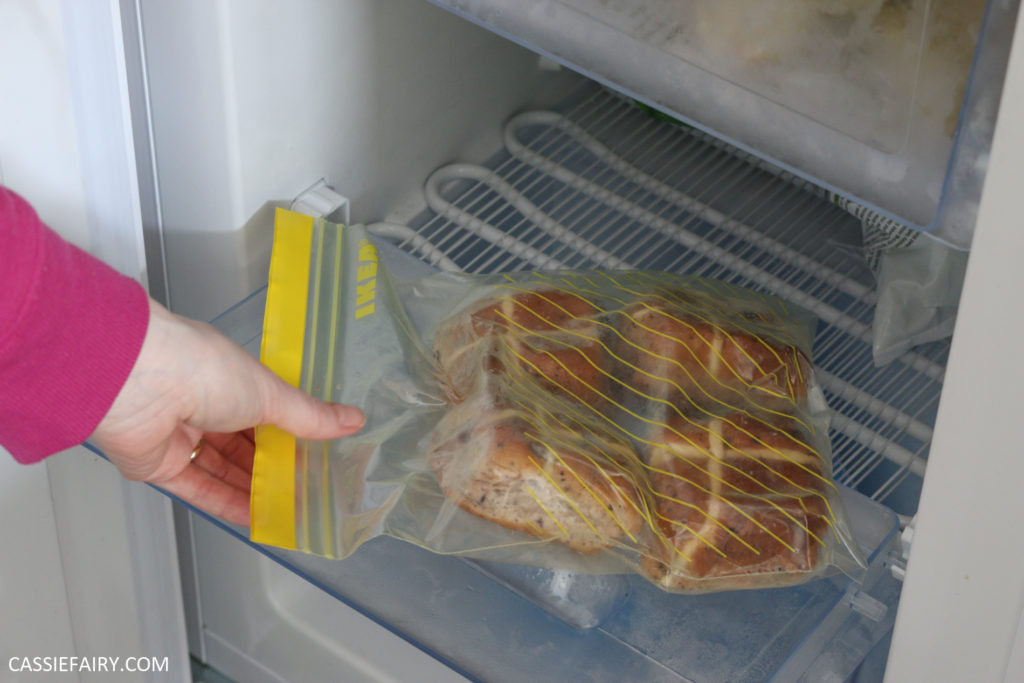
Slices of bread, crumpets and muffins went straight into the freezer before they had the chance to go off. When I boiled up fresh broccoli, carrots, green beans and potatoes, I always cooked the whole pack of veg and then portioned it into freezer bags for another meal.

Another thing I began doing during the #FoodSavvy month was thinking about the other waste that comes from my food shop – the plastic. I started picking up un-packaged fruit and veg, and shopping at markets and farm shops rather than supermarkets. I also took a whole stack of my Ikea storage tubs with me to visit Cupboard Love to refill them with couscous, pasta, dried fruit, seeds and more. I could buy just the amount I needed (no waste) and without any packaging (no waste x 2!). Sure, plastic waste is a whole other environmental issue, but it goes hand-in-hand with food, so I couldn’t help making some changes in this area too.
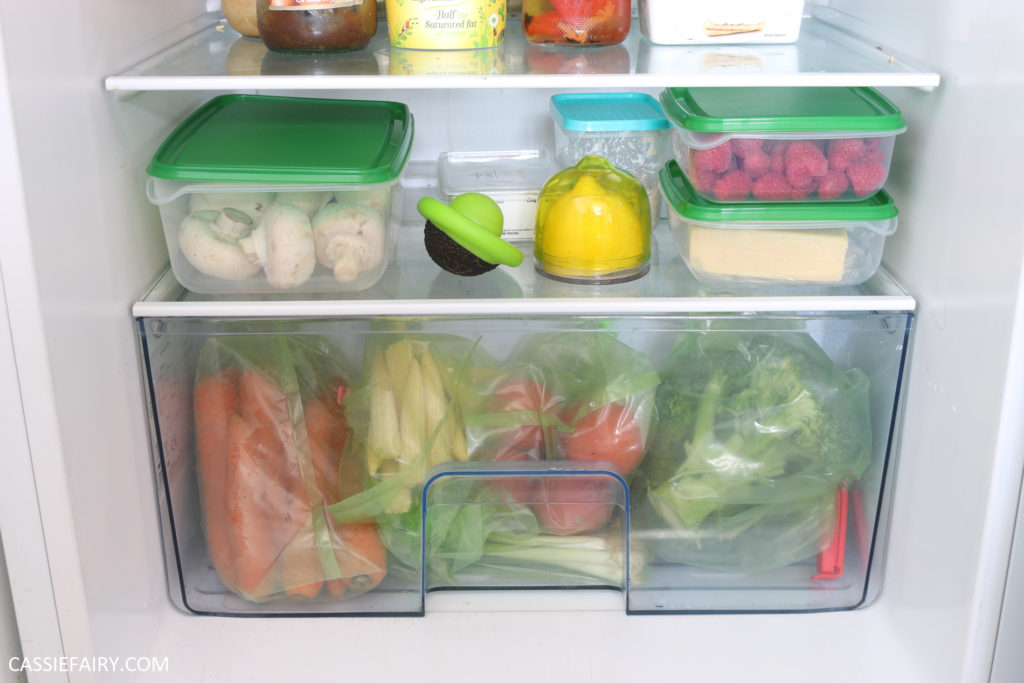
I hope my month-long challenge has inspired you to make changes to your own kitchen, meals and waste too! If you want to start making the most of leftovers, have a browse through the #FoodSavvy recipe page for plenty of inspiration. Plus you can find lots of resources for taking on your own #FoodSavvy challenge – get involved and make the commitment to minimise your food waste here. I’d love to hear from you if you give it a go, so please tweet me to chat or leave me a comment below.
Some items in this blog post have been gifted to me and the pink links indicate a gifted product, affiliate link or information source. All thoughts and opinions in this post are based on my own experience and I am not responsible for your experience 🙂
